So our district has really been getting into the strategy of close reading, where you take a text and examine it multiple times to get deeper meaning. And I’ll be honest, when I first heard of close reading, I thought “well, there’s something I won’t be doing in my class.” But that was before I found out that a text doesn’t have to be written words. A song is considered a text. So, I decided to give a close read in music class a try.
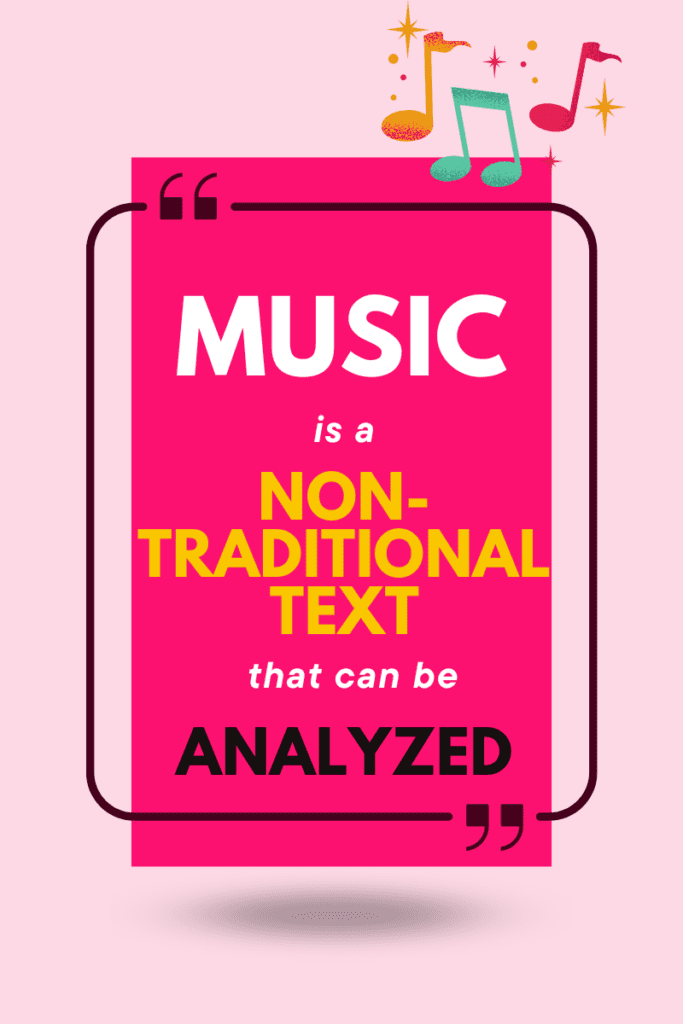
What’s Close Reading?
Close reading is a strategy used read through a text multiple times to get deeper and deeper meaning out of it. Typically a close read will have multiple read throughs. The first read will be the most surface level. With each subsequent read, the class goes deeper into the details, formulating their own thoughts and goin into higher depths of knowledge with the material.
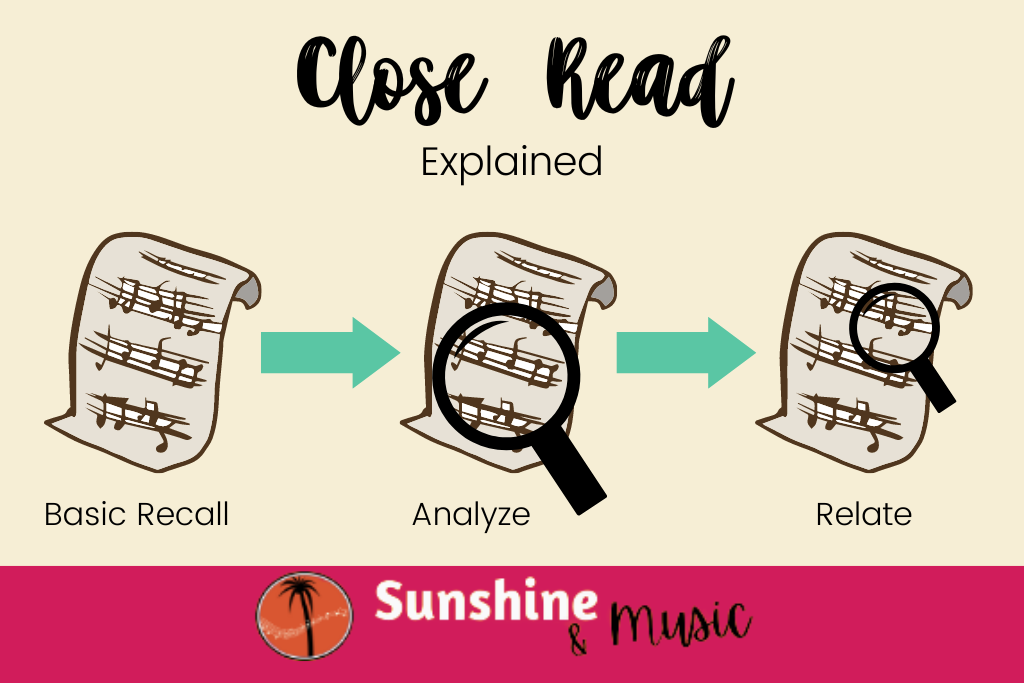
Might sound a little boring at first, but you can get some really amazingly deep conversations going about complex musical works. You might be surprised what you students can formulate with a little guidance. And that is what a close read does. It guides you and your students on how to go deeper with your knowledge. I would say you owe it to yourself and your students to give one a try and see what comes out of it.
Close Reading How To For Music
Close Reading Text: Pick a Musical Piece to Analyze
Make sure to pick a good song. Something you can sink your teeth into with a decent amount of complexity. I recommend doing a classical work and shying away from simple folk songs as they might not have enough going on to warrant multiple close reads (typical close reads have at least 3 read throughs). Don’t get me wrong. I’m not saying that you can’t find ways to delve deep into a folk song, but you will need to really have that well planned in order for it to work.
Pick a benchmark that has a high depth of knowledge. By that I mean, something that is asking you to compare and contrast, or give evidence or create. Don’t pick one that is basic recall. That won’t be going far enough to warrant a close read.
Close Read Steps: #1 Basic Recall
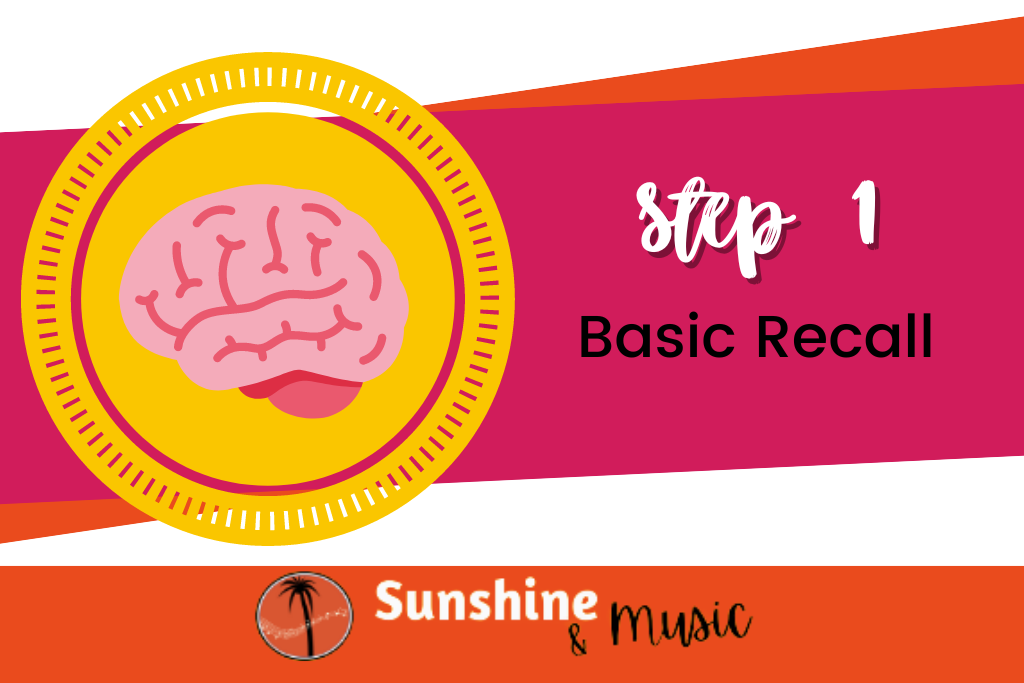
In this step, students will do a surface level analysis of the piece. They listen for some basic musical elements that hey heard in the piece and make note of them.
I had my students listen to Moonlight Sonata by Beethoven. I gave them each a worksheet. They have to write what tempo, dynamic and instrument families they heard during the song. After the song, students meet with a partner and share what tempo, dynamic and instrument families they wrote down.
Close Read Steps: #2 Make a Claim Using Evidence
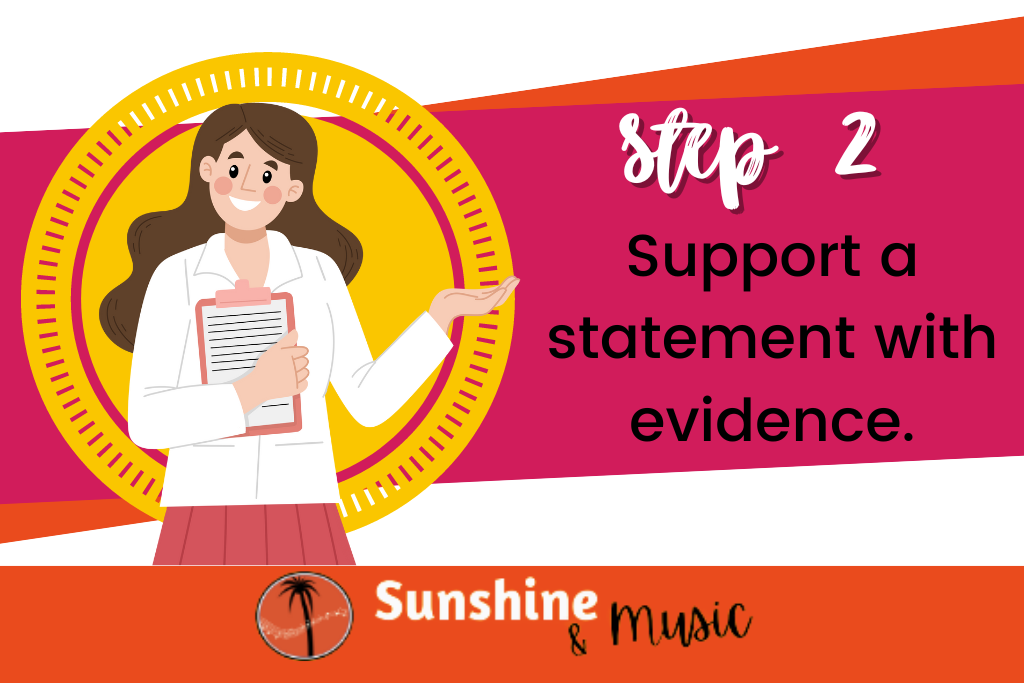
I hand back out the papers, and now they use the info that they gathered the first time to answer this question. What was the mood of the song? How did the composer create the mood? Support your answer using evidence from the song. I also provide a sentence stem for them, to help guide them to how to correctly support their answer.
I thought the mood was ____________, because ________________.
We usually do an example as a class so they understand how to use things such as tempo, dynamic and instrument family as evidence.
Close Read Steps: #3 Compare and Contrast Two Works
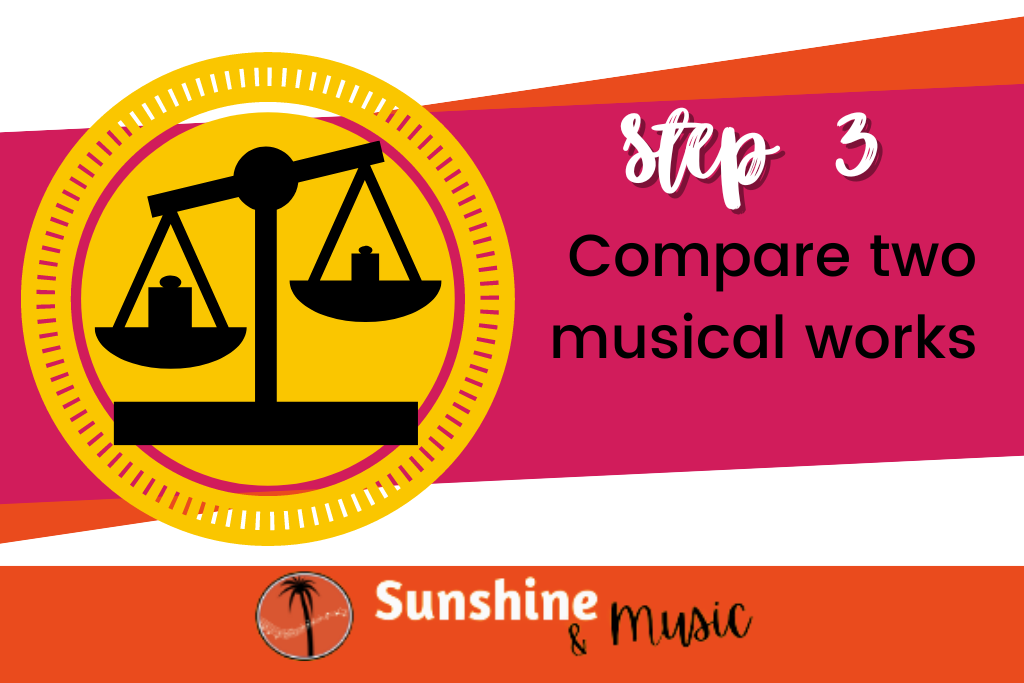
In this read through, I add a supplemental text. I want them to be able to compare and contrast, so we do the same steps that we did with the first song – collecting the tempo, dynamic and instrument family as well as the mood, but this time we do it to a contrasting song. I picked Trepak from the Nutcracker by Tchaikovsky. Once they have this done, I give the a Venn diagram and they have to compare and contrast the two songs. I give them a little of things to consider (composer, mood, tempo, dynamic and instrument family). I play through both songs one last time and they have until both songs are complete to fill out the bubbles with a partner.
The Take Aways
After doing my first ever close read, here are my take aways:
- Close reads totally can work in the music room.
- Make sure to use a song that is worth investing this amount of time on. Doing a full close read cycle takes a long time (2-4 class periods for me), so it had better focus on stuff that you think is important.
- You can pack SO MUCH into a close read! We discussed vocabulary, mood and composers. We compared and contrasted. I feel like the kids are really going to know their vocabulary and these songs really well after focusing in so closely.
All in all, I think they are totally doable. You just need to make sure if you are investing the time, that it is for something important (I think composers and vocab are areas where my students struggle so this activity really helped them).
Hope this activity helps you and maybe gives you some ideas of how you would use close reading in your own music class.
More Blog Posts Related to Musical Elements
Want a great resource for teaching about musical elements? Check out 11 Resources for Writing About Music to Make Song Analysis Easy on the Jooya music blog. It breaks down music into 8 main elements and gives you resources for each one!
Want some fun ways to teach about dynamics and tempo? Check out my blog on Using Children’s Literature to teach about these musical concepts.
And check out 10 Fun Ways to Teach Music Vocabulary in Elementary School for more fun ideas to introduce music vocabulary.





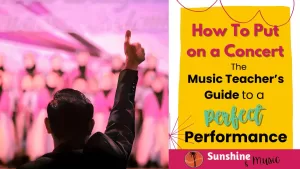


10 Responses
Have you considered a patriotic song using the lyrics? There is depth in some of them. I just wondered.
Thanks for sharing!
Actually Sydney Johnson was just telling me songs with great lyrics that she has used. She used one that talks about expression and one that talks about science terms. I like the idea of patriotic music too. Also, I bet doing some of the lyrics from a translated opera aria would be cool too! Both would be almost like poetry. But no, I haven’t tried anything else yet. This was my first stab – just had my formal observation today. I like the idea that music itself can be a text. Thanks for the idea! I love how many different ways it can be used.